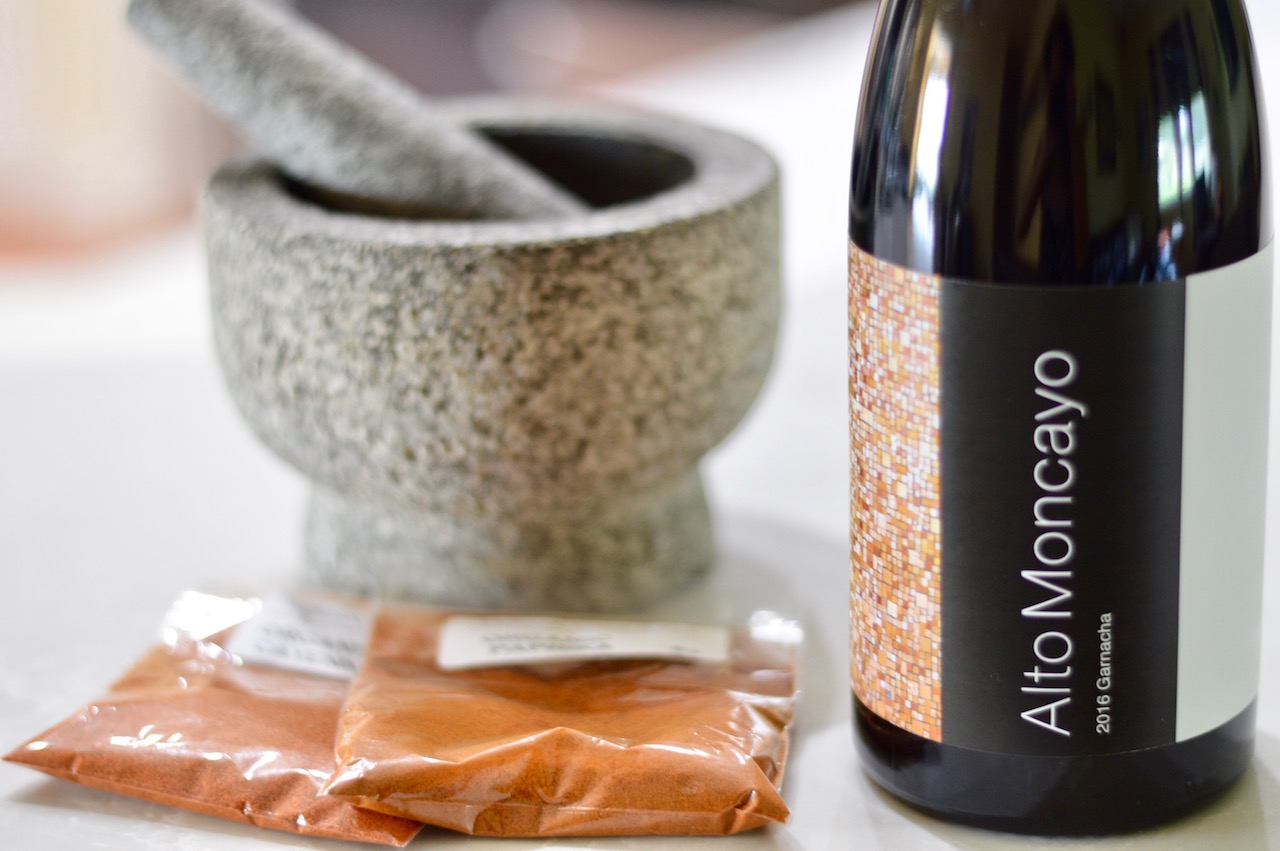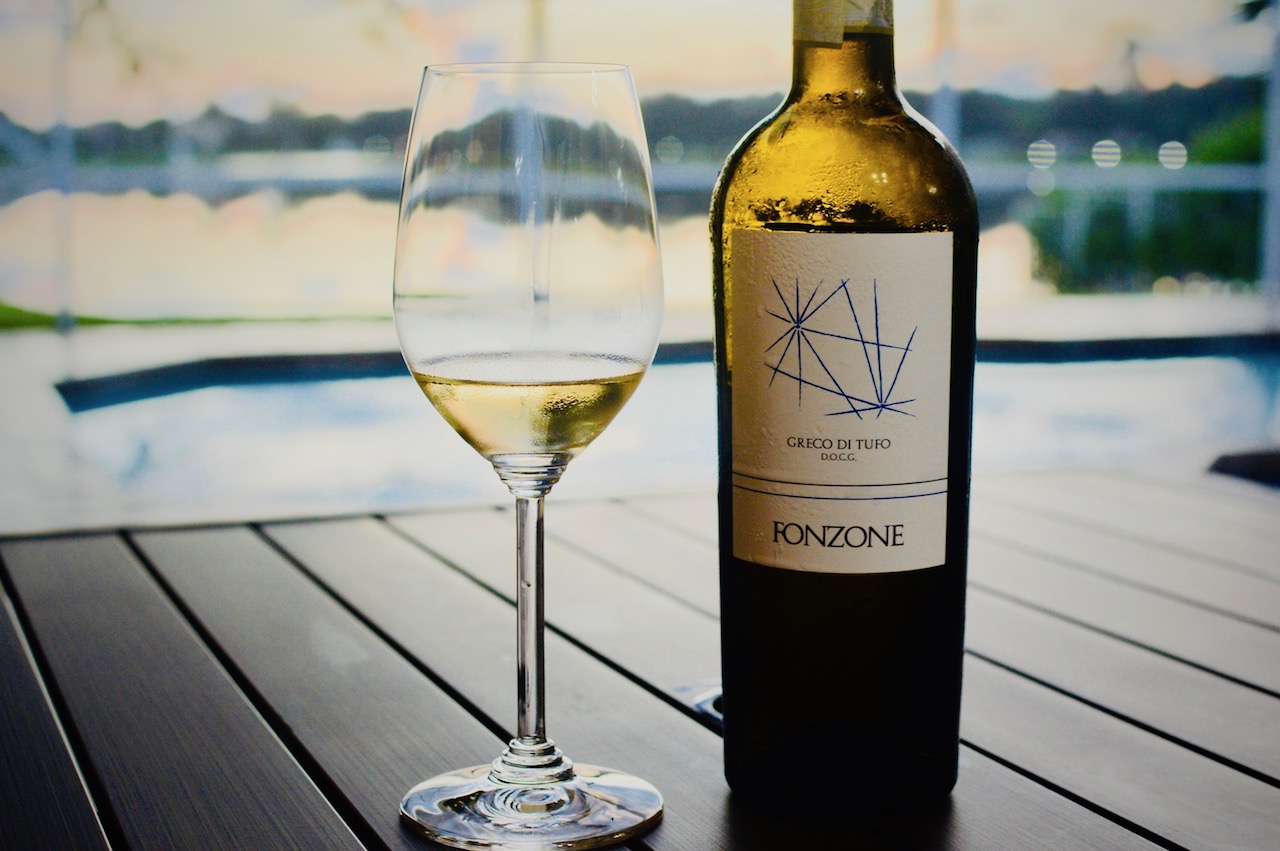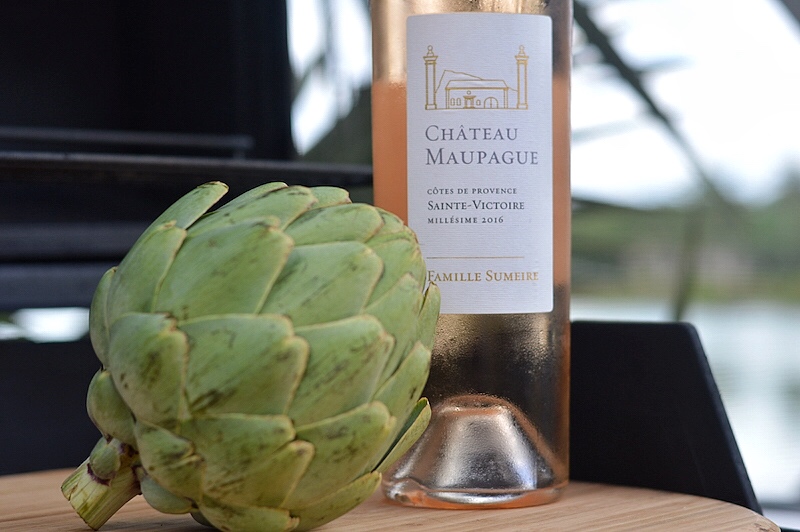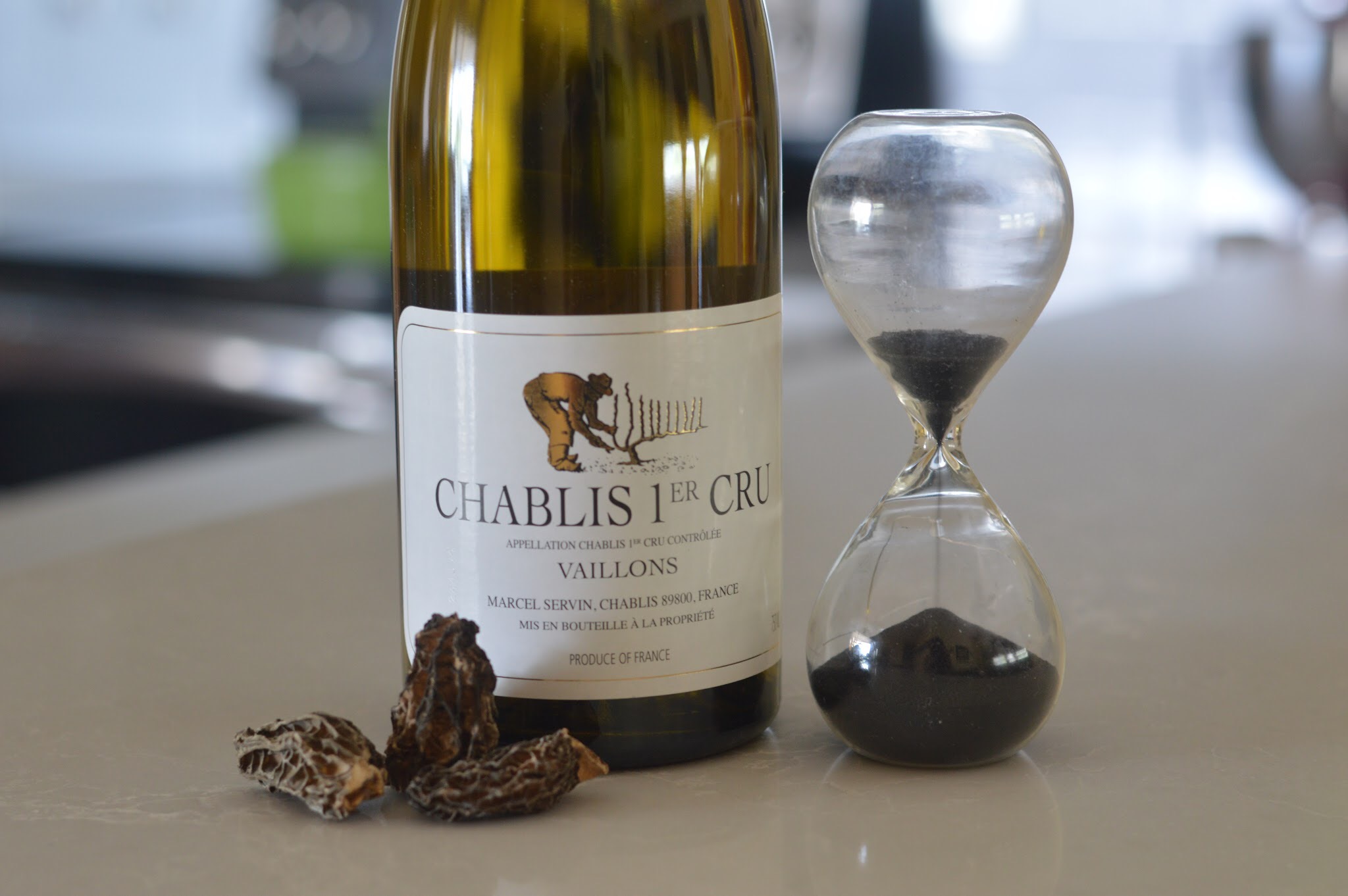Once again, I’m taking #MyArtEscape overseas! What better way to prepare for a trip to Spain than to dive into the pot and uncork some knowledge? Ole! I’m not sure which came…


Once again, I’m taking #MyArtEscape overseas! What better way to prepare for a trip to Spain than to dive into the pot and uncork some knowledge? Ole! I’m not sure which came…

Just when I thought I knew something about grapes, I realized that I was wrong. I’ll be forever a wine newbie, but I’m happy about that. Today, I’ll tell you why. I’m…

There’s no connection really between the rom-com and wine. Just word nerd, wine newbie (hopeless romantic) me playing. I suppose we could make up some far-fetched, metaphorical association like, look beyond the…

It’s 81°f (27.22°c) in South Florida. With heat on the rise, my palate is definitely springing forward – grilling and chilling with a glass of rosé in my hand and swapping out…

Hashtag ‘Rosé All Day’ #RoseAllDay! Yes, I’m one of those gals who can’t wait to see the shelves stocked up with slim, frosty bottles with triangular punts (that’s the technical name for…
The Miami Home Design and Remodeling Show will showcase over 150,000 square feet of home improvement products and services, plus seminars, Family Day and feature areas that enable homeowners and renters to…
Many thanks to our Clients & Followers! It’s been a great year and we look forward to building upon our success in 2019. Ask about our new service package: Social Media Advertising to…

Catch Me If I Fall If you are fortunate to live somewhere in the tropics like me, it’s wrong to complain about the weather. However, we do and I’m going to right…

My life as PR and Marketer is one never-ending deadline. I can’t go 12 hours without checking emails unless I want to spend a whole day responding to a pile of unanswered…